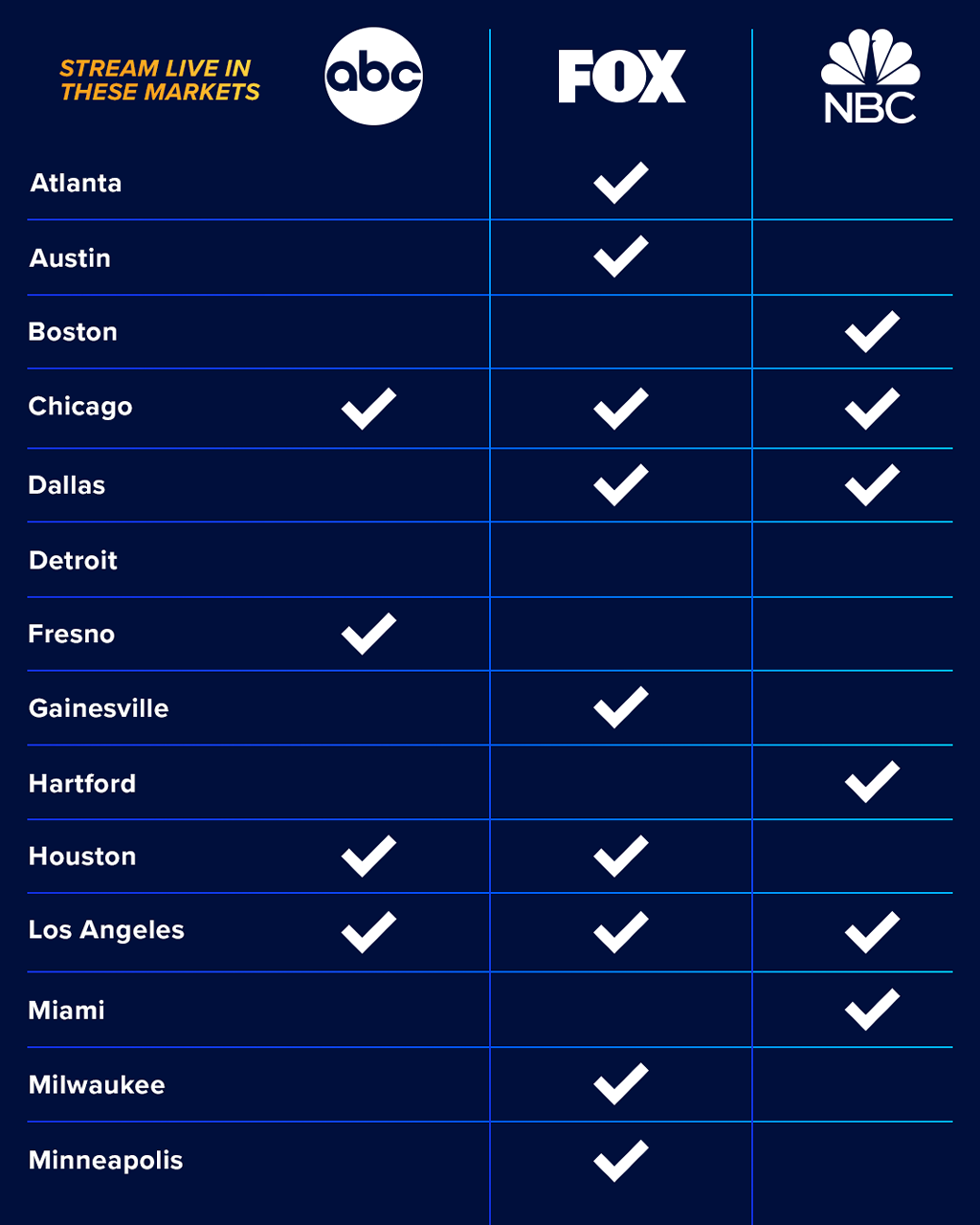About Apollo Group Tv
About Apollo Group Tv
Blog Article
The smart Trick of Apollo Group Tv That Nobody is Talking About
Table of ContentsApollo Group Tv Fundamentals ExplainedThe 8-Minute Rule for Apollo Group TvUnknown Facts About Apollo Group TvThe Single Strategy To Use For Apollo Group Tv
In this situation, as opposed to having three-minute commercial places during a 30-minute tv program, television shows might alter to one where a consumer will be needed to have a monthly registration, to ensure that they cen sight targeted banner advertisements. This type of marketing already occurs online, and the amount of data television companies gather enables them to do similar.Describe the significant patterns amongst the broadcasting and cable television networks. Popular radio reveals such as cops drama Dragnet and western cowboy collection Gunsmoke were adjusted for tv, and new TV programs were sponsored by single advertisers, simply as radio programs had actually been.
Today, the tv sector is even more complex. Programs are funded by numerous advertisers; programs is managed by major media corporations; and the 3 significant networks no more dominate the airwaves but rather share their audiences with various cable television networks. Numerous factors make up these patterns within the market, including technical growths, federal government guidelines, and the creation of brand-new networks.

Things about Apollo Group Tv
Developed in 1969, (PBS) developed out of a report by the Carnegie Payment on Educational Television, which examined the function of instructional, noncommercial tv on culture. Public tv was likewise intended to give universal access to tv for audiences in rural locations or audiences that can not manage to pay for exclusive tv services.
The duration in between 1950 and 1970 is traditionally recognized as the. In addition to a little portion of airtime managed by public television, the three major networks (referred to as the Big 3) controlled the tv sector, collectively accounting for greater than 95 percent of prime-time watching. In 1986, Rupert Murdoch, the head of international business News Corp, launched the Fox network, testing the prominence of the Big 3.
Targeting young and minority target markets with shows such as Buffy the Vampire Slayer, Moesha, Dawson's Creek, and The Wayans Bros., the brand-new networks wanted to draw terminals far from their old network affiliations. Rather than repeating the success of Fox, UPN and WB battled to make an influence. Not able to bring in numerous associate stations, both recently established networks reached fewer households than their bigger rivals since they were impossible in some smaller sized cities.
This decision led the way for the growth of cord motion picture channels, adding to the rapid growth of cable television in the 1980s and 1990s. apollo tv. Additional deregulation of cable television in the 1984 Wire Communications Plan Act eliminated limitations on cable television rates, making it possible for drivers to charge what they wanted for cable services as long as there was reliable competition to the service (a requirement that over 90 percent of all cable markets can fulfill)
Excitement About Apollo Group Tv

Having created the initial "superstation," Turner expanded his world by establishing 24-hour news network CNN in 1980. At the end of the year, 28 nationwide programs services were offered, and the cable change had started. Over the following decade, the market went through a period of quick growth and appeal, and by 1994 audiences could choose from 94 basic and 20 premium cable services.
Figure 9 - https://mulberry-opal-1bd.notion.site/Apollo-TV-Group-The-Ultimate-Guide-to-Affordable-and-Unlimited-Streaming-11fa4d3db20680748d6ffacfd2b622af?pvs=4.16 Boosted competition from cable networks has actually created a consistent decrease in the networks' target market ratings. Throughout the 1950s, the price of producing a solitary tv program increased as shows ended up being much longer and manufacturing prices skyrocketed. Sponsorship on network tv shifted from single sponsorship, in which a program was entirely supported and generated by one marketer, to several sponsorship, in which advertisers acquired 1- or 2-minute areas on the program
Each feedback must be a minimum of one paragraph. Pick one of the Big 4 networks and print out its once a week programming schedule. Watch the network's prime-time programs over the course of a week, keeping in mind the target market for each and every show. Observe the advertising enrollers that support each program and compare how the products and solutions fit with the intended audience.
The Basic Principles Of Apollo Group Tv

Direct TV, typically referred to as conventional broadcast Television, encompasses cable and satellite tv., believe of it as the traditional way of seeing Television that has actually been around for years.
Report this page